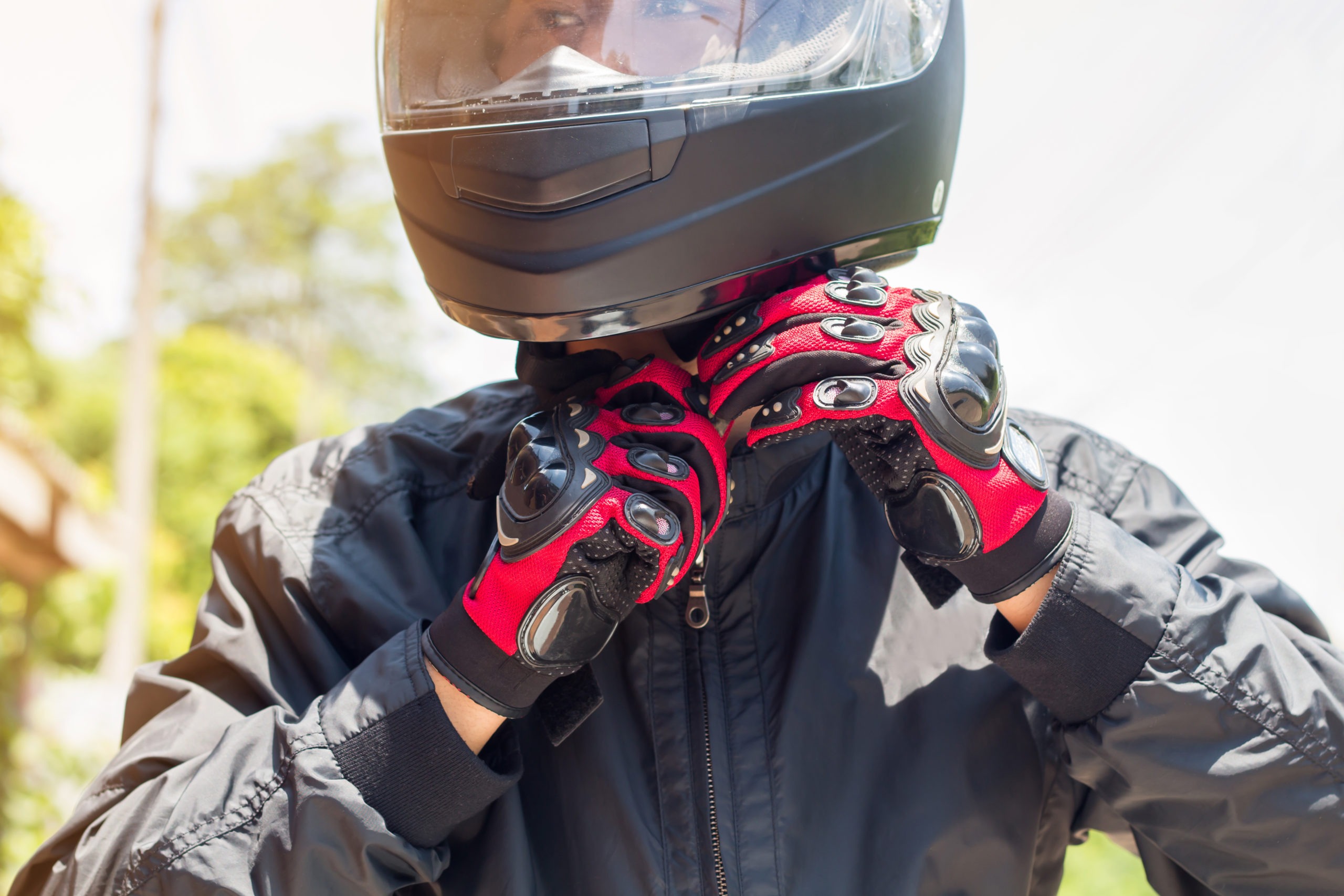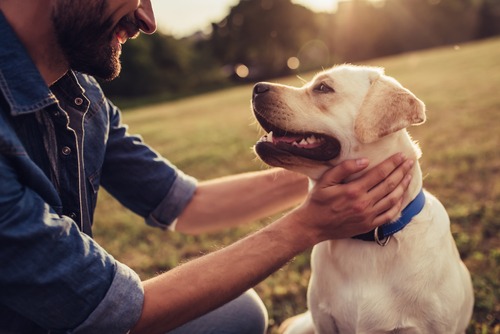
Five Pieces of Motorcycle Safety Gear You Can’t be Without
Motorcycles are the ride of choice for millions of Americans, and crash-related injuries and deaths continue to plague the roadways.
Motorcycle fatalities increased almost 10 percent in 2012, with more than 5,000 lives lost as a result of motorcycle accidents. Motorcycle deaths have increased in 14 of the last 15 years, and annual deaths are reaching an all-time high. About 80 percent of reported motorcycle crashes result in injury or death, compared to about 20 percent for vehicles.
Luckily, there are several pieces of motorcycle safety gear that can greatly reduce the risk of a fatal crash. While this equipment won’t be able to prevent a crash, it can seriously improve your chances of walking away:
Helmet
Wearing a helmet is the No. 1 precaution you can take as a motorcycle rider. A rider without a helmet is almost 50% more likely to suffer a fatal head injury compared to a ride with a helmet. The National Highway Transportation Safety Administration reports that 1,829 motorcyclists’ lives were saved by helmets in 2003, and an additional 823 could have been saved had they been wearing a helmet. In addition, an NHTSA study found that wearing a helmet does not interfere with riders’ abilities to see or hear other vehicles on the road.
Getting the right helmet is key to protecting your head during a crash. Make sure the helmet you buy grips your cheeks, jaw, and the top and sides of your head. Opt for a full-face helmet, which offers improved protection over three-quarter or half-shell styles. Replace your helmet after using it for a period of time; wear and tear can reduce protection over time.
Boots
Stopping at stoplights and traveling while exposed to the elements puts a lot of strain on riders’ footwear. Pick out a pair of durable motorcycle boots to wear while riding, as opposed to regular tennis shoes or sandals.
Find a pair of boots with a sturdy sole that gives you good traction when you stop. Boots with a good heel can also help you grip the bike better. Ideally, find boots that are reinforced in the shins, ankles, and calves with a stronger material; this “ankle armor” will help protect you in case of a crash and protect you from the elements while you’re riding.
Gloves
Gloves can help in several ways, like protecting your hands from the wind and the elements, giving you a better grip on the bike, and protecting your hands from the road in case of an accident.
Make sure you find gloves that fit snug, but not too snug. Loose gloves can reduce your ability to control the bike, and gloves that are too tight can cut off circulation to your hands. Find comfortable gloves for any type of weather, and make sure they cover your wrists, fingers, and palms.
Jackets and Pants
The Motorcycle Safety Foundation recommends buying protective apparel designed specifically for motorcycling. The best garments are cut longer in the sleeves and legs, but fuller across the shoulders to suit your riding posture.
Leather, Cordura, and ballistic nylon are great choices for abrasion-resistant, wind-resistant, or waterproof riding gear. Make sure your jacket and pants fit snugly without restricting your movement. Avoid wide-flared pants or flowing scarves, which can become entangled in the bike and pose a safety hazard.
Rain Suits
If you’re more than a fair-weather rider, a waterproof riding suit is essential. Polyvinyl chloride and nylon make for good waterproof materials, and a high-visibility orange or yellow is the best choice.
A rain suit will have elastic at the waist and stirrups on the legs to keep water out of the riding boots. A high collar (with a snap or fastener to keep it shut) will keep rain out of your suit, keeping you dry and alert.


















